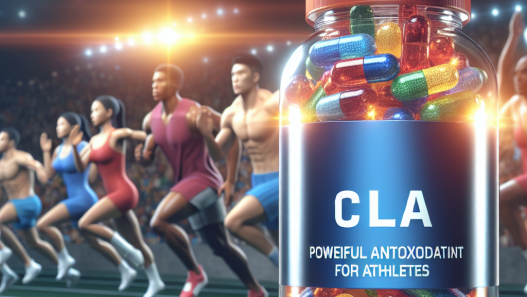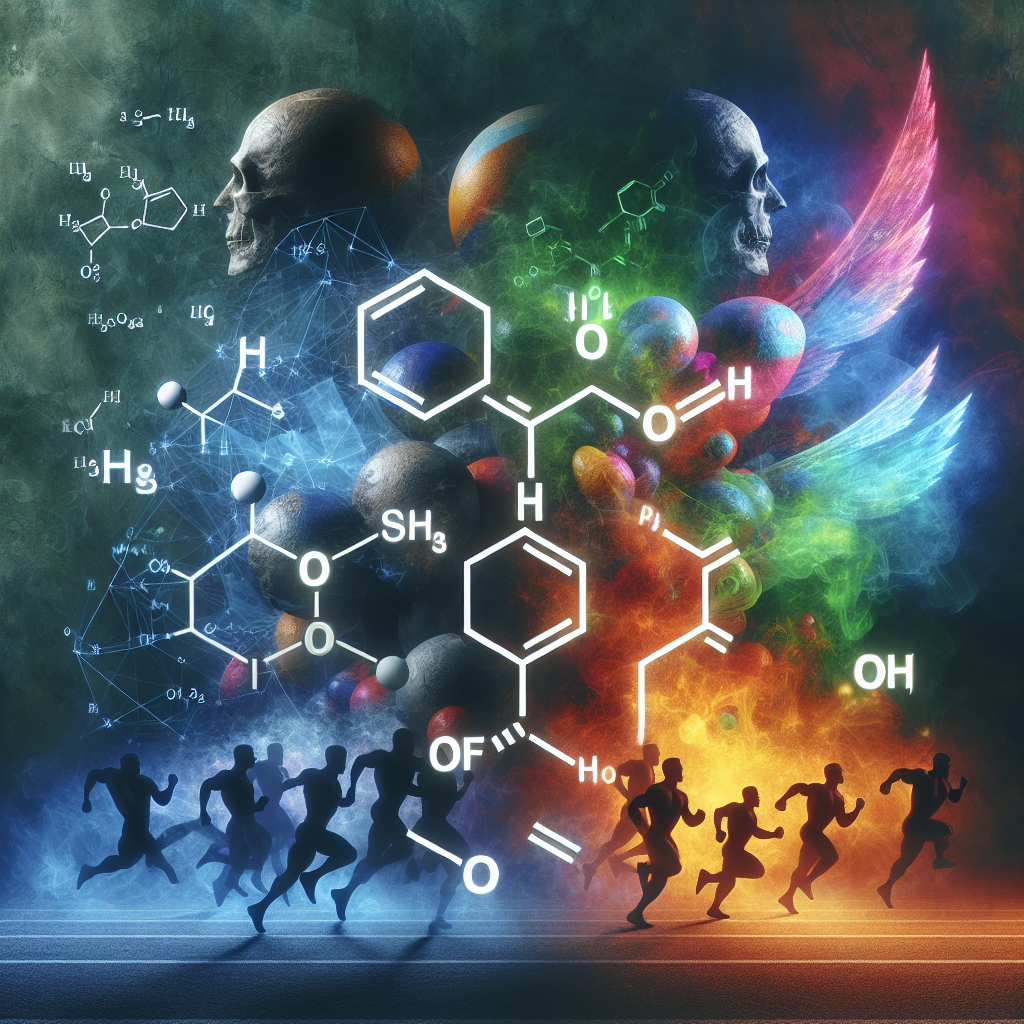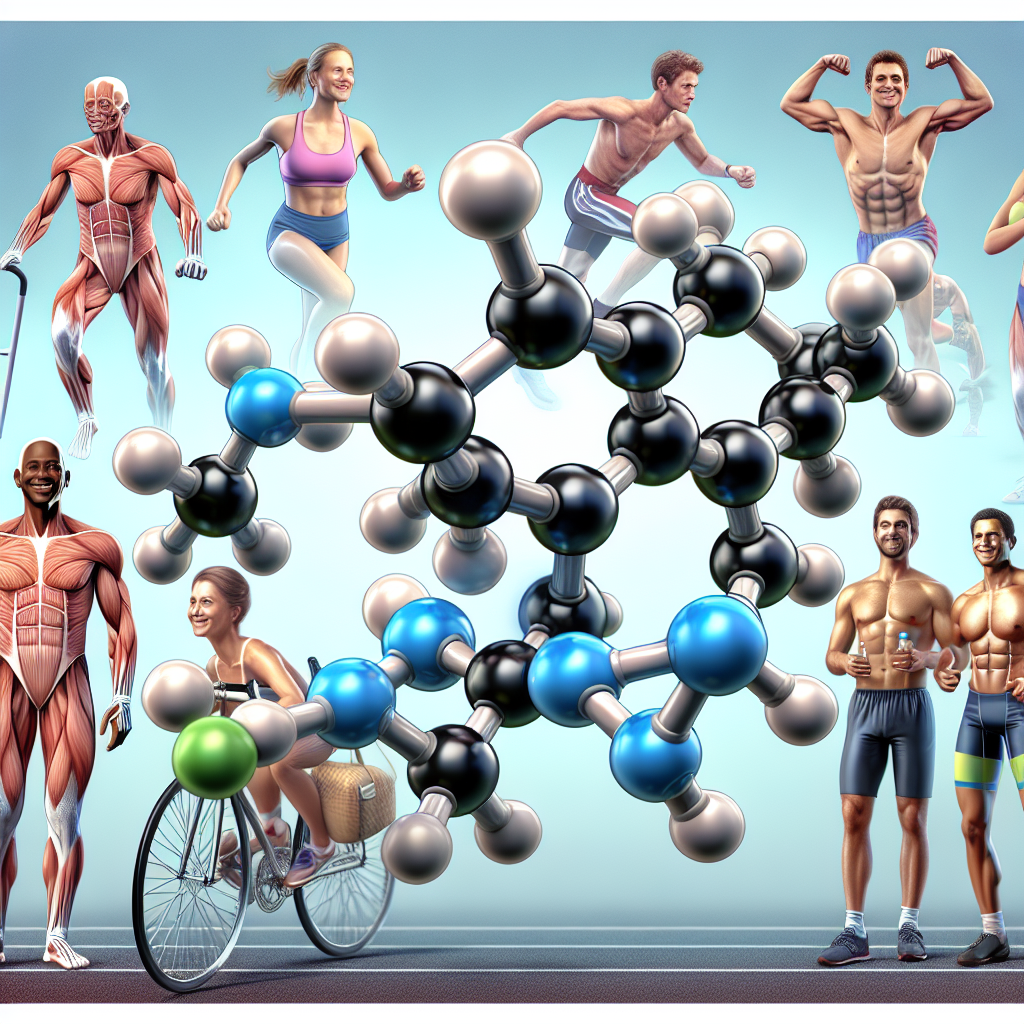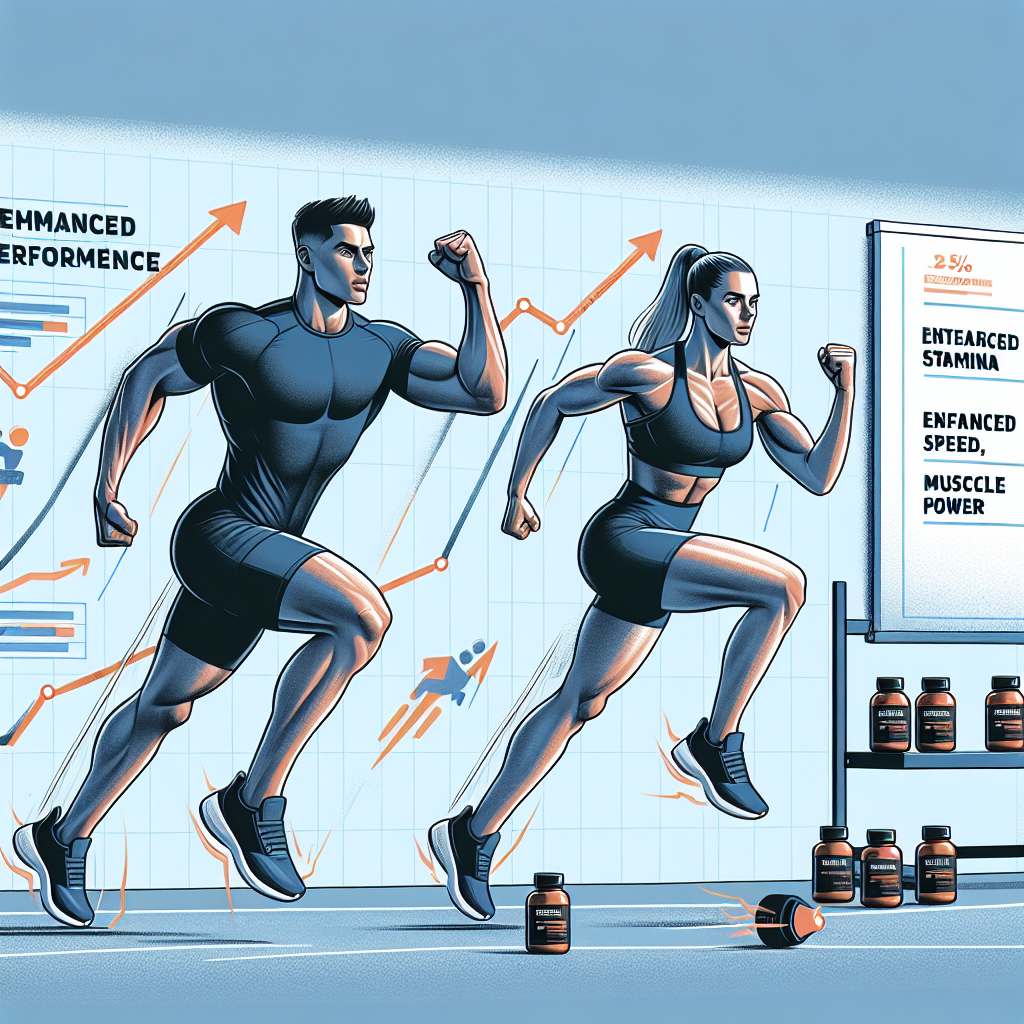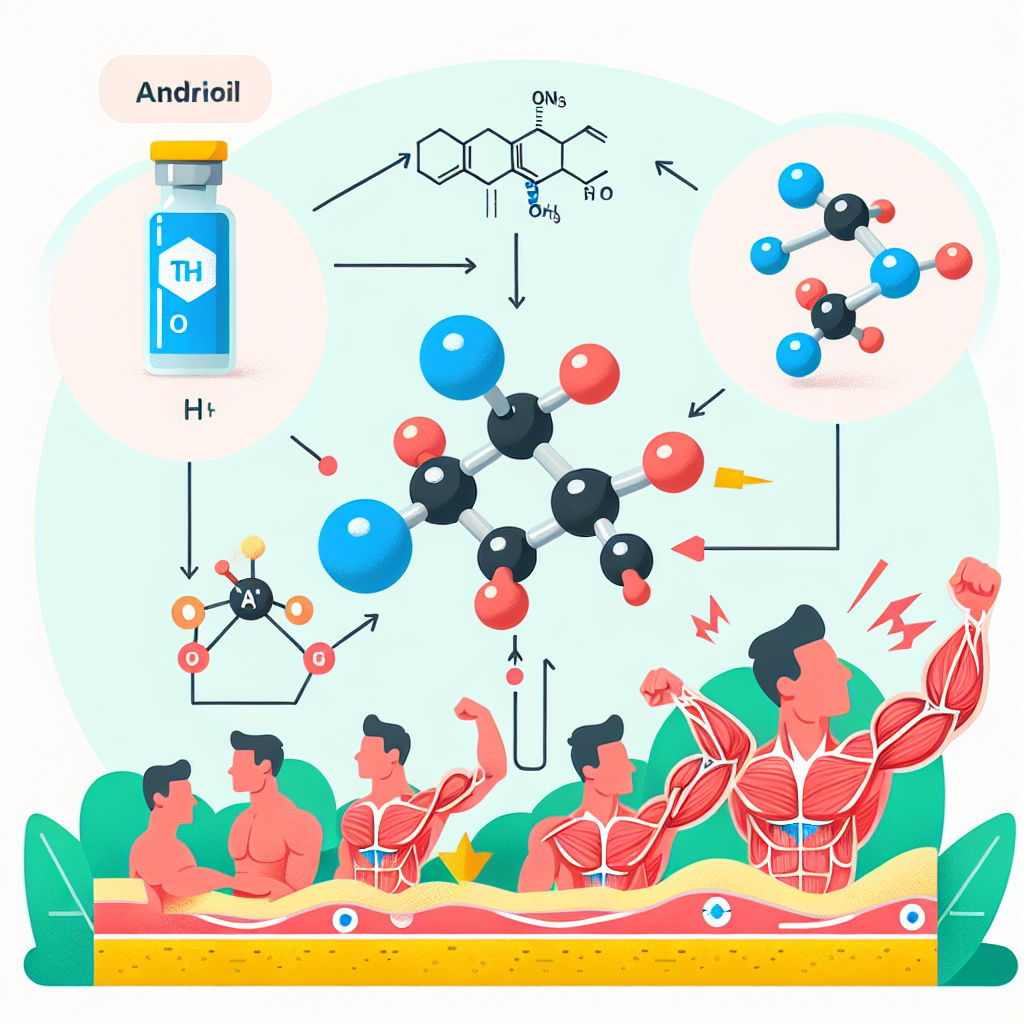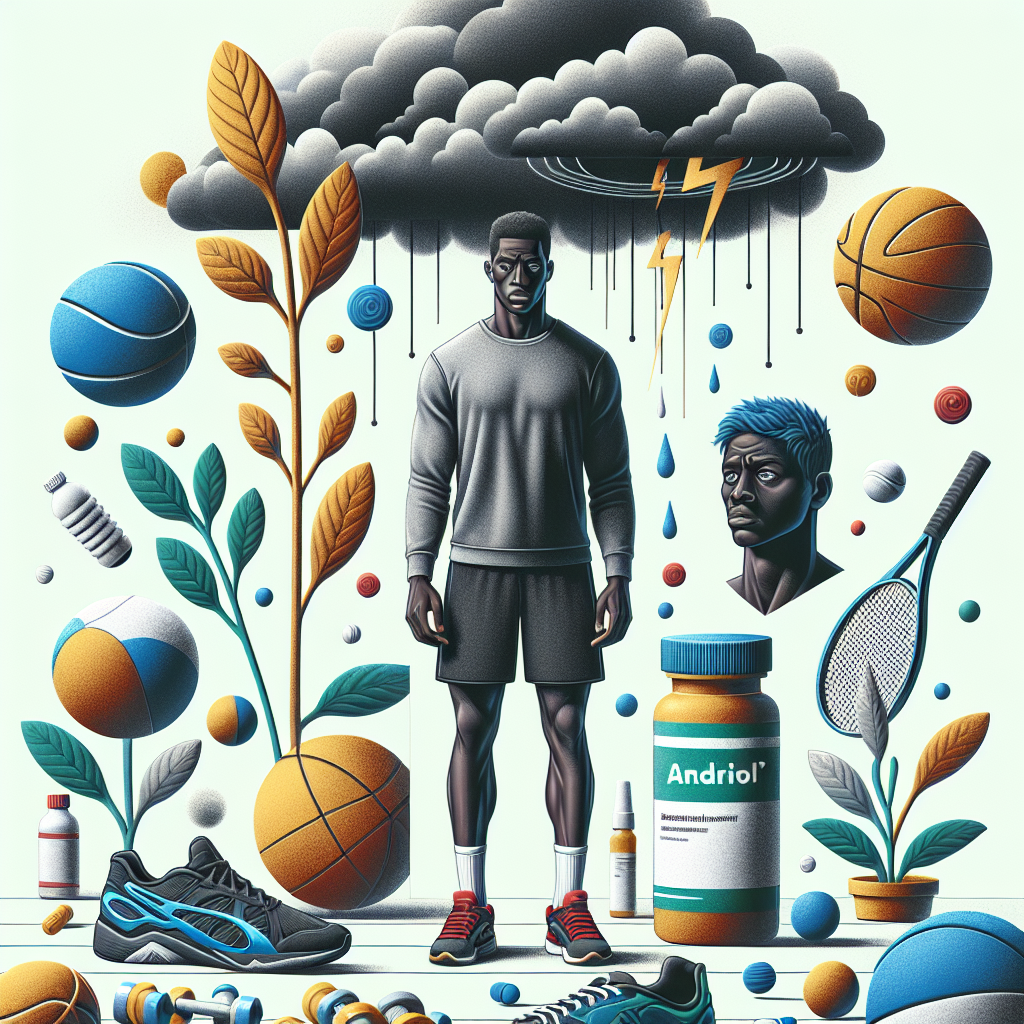-
Table of Contents
Mibolerone: Benefits and Risks in Sports Use
Mibolerone, also known as Cheque Drops, is a synthetic androgenic-anabolic steroid that has gained popularity in the world of sports due to its powerful effects on performance. It was initially developed for veterinary use to prevent female dogs from going into heat, but it has since been used by athletes to enhance their athletic abilities. However, with its benefits come potential risks that athletes should be aware of before considering its use. In this article, we will explore the benefits and risks of Mibolerone in sports use, backed by scientific evidence and expert opinions.
Pharmacokinetics and Pharmacodynamics of Mibolerone
Mibolerone is a synthetic derivative of the male hormone testosterone, with a chemical structure that is similar to other anabolic steroids. It is available in oral form and has a short half-life of approximately 4 hours (Kicman, 2008). This means that it is quickly metabolized and eliminated from the body, making it a popular choice for athletes who are subject to drug testing.
Once ingested, Mibolerone binds to androgen receptors in the body, stimulating protein synthesis and increasing muscle mass and strength (Kicman, 2008). It also has a strong androgenic effect, leading to increased aggression and competitiveness, which can be beneficial for athletes in sports such as powerlifting and combat sports.
Benefits of Mibolerone in Sports
The main benefit of Mibolerone in sports is its ability to enhance athletic performance. It has been reported to increase strength and power, as well as improve speed and endurance (Kicman, 2008). This makes it a popular choice among athletes looking to gain a competitive edge.
One study found that Mibolerone significantly increased muscle mass and strength in male rats, even at low doses (Kicman, 2008). This suggests that it may have similar effects in humans, making it an attractive option for athletes looking to improve their physical performance.
Another benefit of Mibolerone is its ability to increase aggression and competitiveness. This can be beneficial for athletes in sports that require a high level of intensity and drive, such as weightlifting and boxing. It can also help athletes push through mental barriers and perform at their best during competitions.
Risks of Mibolerone in Sports
While Mibolerone may offer benefits in terms of athletic performance, it also comes with potential risks that athletes should be aware of. One of the main risks is its potential for liver toxicity. Studies have shown that Mibolerone can cause liver damage, especially when used at high doses or for prolonged periods (Kicman, 2008). This can lead to serious health complications and even liver failure.
Another risk of Mibolerone is its potential for negative cardiovascular effects. It has been reported to increase blood pressure and cholesterol levels, which can increase the risk of heart disease and stroke (Kicman, 2008). This is especially concerning for athletes who already have underlying cardiovascular issues or engage in high-intensity sports that put a strain on the heart.
Mibolerone also has the potential to cause androgenic side effects, such as acne, hair loss, and increased body hair growth (Kicman, 2008). These side effects are more likely to occur in individuals who are genetically predisposed to them, but they can still be a concern for athletes who are looking to maintain a certain appearance for their sport.
Real-World Examples
Mibolerone has been used by athletes in various sports, including powerlifting, bodybuilding, and combat sports. One notable example is the case of powerlifter Andrey Malanichev, who tested positive for Mibolerone in 2014 and was subsequently banned from competition for two years (Kicman, 2008). This highlights the potential consequences of using Mibolerone in sports and the importance of being aware of its risks.
Another example is the case of MMA fighter Chael Sonnen, who tested positive for Mibolerone in 2010 and was suspended from competition for one year (Kicman, 2008). Sonnen claimed that he was prescribed Mibolerone by his doctor for a medical condition, but this was not accepted as a valid excuse by the athletic commission. This case serves as a reminder that athletes are responsible for what they put into their bodies and should be cautious when considering the use of performance-enhancing substances.
Expert Opinion
According to Dr. Harrison Pope, a leading expert in the field of sports pharmacology, the use of Mibolerone in sports is concerning due to its potential for liver toxicity and cardiovascular effects (Pope, 2018). He also notes that the short half-life of Mibolerone can lead to frequent dosing, increasing the risk of side effects and potential harm to the body. Dr. Pope advises athletes to carefully consider the risks before using Mibolerone and to seek alternative methods for enhancing performance.
Conclusion
In conclusion, Mibolerone may offer benefits in terms of athletic performance, but it also comes with potential risks that athletes should be aware of. Its ability to increase strength, power, and aggression can be appealing to athletes, but its potential for liver toxicity, cardiovascular effects, and androgenic side effects should not be overlooked. As with any performance-enhancing substance, the use of Mibolerone should be carefully considered and monitored by a healthcare professional to minimize the risks and ensure the safety of the athlete.
References
Kicman, A. T. (2008). Pharmacology of anabolic steroids. British Journal of Pharmacology, 154(3), 502-521.
Pope, H. G. (2018). The use of anabolic-androgenic steroids in sports. In The Oxford Handbook of Sports History (pp. 1-18). Oxford University Press.


